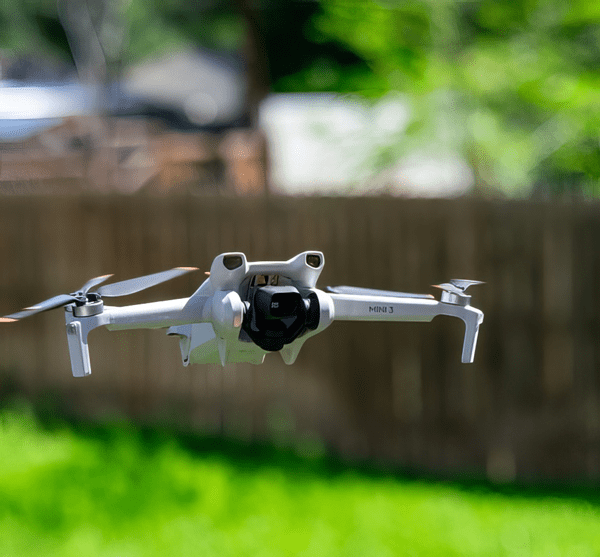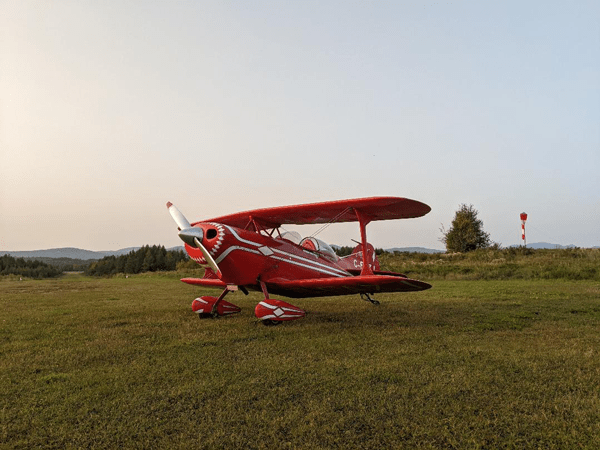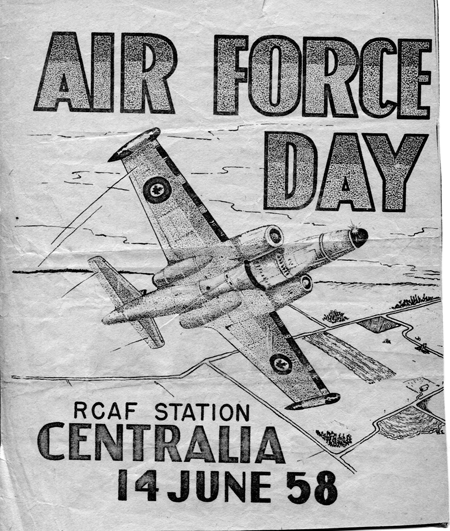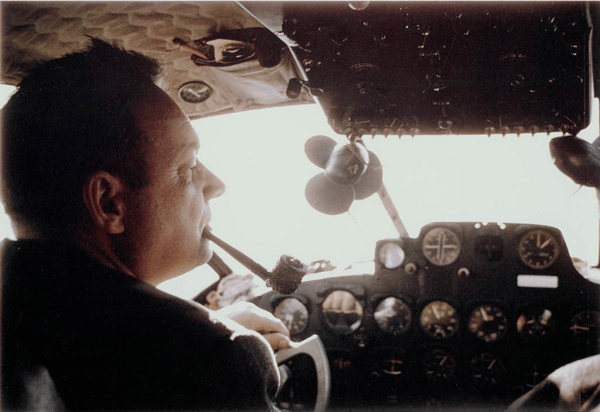
By Michael J. Martin, EAA 1047599
RPAS is a Government of Canada acronym for “Remotely Piloted Aircraft System.” Most of us simply call them “drones.”

Canadians think that drones are a relatively new invention. And, for what we perceive as a modern drone as we typically see most nights in the media, they would be correct. However, the concept of an unmanned aerial vehicle (UAV) dates back more than 200 years. The Montgolfier brothers from France experimented with their unmanned aerostats before going airborne themselves. Like the applications today, they used their unmanned aerostats as a tactic for warfare. When the Austrians attacked Venice on August 22, 1849, they deployed unmanned balloons loaded with explosives.
In both WWI and WWII, drones were used to attack the enemy. During WWII, the feared German V-1 flying bombs reigned untold destruction and loss of life upon London. While the V-1s, like the balloons before them, weren’t remotely piloted (they relied on a simple onboard autopilot), target drones used by the Allies for various forms of gunnery practice were.
So, the concepts have a long and storied history.
Since the ‘50s and ‘60s, hobbyists have enjoyed flying radio-controlled airplanes and they continue to do so today. They build elaborate scale models and regularly compete in contests or fly just for the fun of it all. Most of these RC hobbyists are skilled builders as well as being accomplished pilots, too.
In the early 2000s, the advent of drones as consumer toys began. Later in the 2010s, you could buy drones at most retailers such as Best Buy, Walmart, and Canadian Tire. The shift from a niche hobby to a common toy evolved quickly. Specialist retailers popped up to provide elaborate drones with a variety of accessories.
Drones found commercial applications quickly, too, in real estate, agriculture, film and television, mining, forestry, electrical utilities, and more.

A major pivot point happened on October 12, 2017, when the first drone-to-aircraft collision was reported, and it was the first known occurrence in North America.
A drone struck a Beechcraft A100 King Air operated by Skyjet that was making a final approach to the Jean Lesage International Airport in Quebec City (CYQB). The A100 was able to land safely with a dent in the left wing while the authorities could not locate the drone.
Although the drone was flying approximately 12 kilometres from the airport, the drone was flying at an altitude of approximately 450 metres, which is well beyond the existing limit allowed in the Transport Canada rules requiring a maximum altitude of 122 metres/400 feet or less.
Transport Canada published new rules for flying drones in Canada on January 9, 2019. The rules no longer treat recreational and commercial drone pilots differently, but instead categorize operators as basic or advanced with different rules for each. The rules apply to drones between 250 grams (0.55 pounds) and 25 kilograms (55 pounds).

Some RC hobbyists and others argue that there is no need for regulations. But, with January 31, 2024, numbers reporting 97,706 registered drones and 97,341 basic pilot certificates and 12,362 advanced pilot certificates issued, the sky is getting congested with RPAS. The need to maintain separation from general aviation and commercial aviation traffic has never been greater. The drone community is growing in double digits, so the problem is only getting worse.
In contrast, the private and commercial pilot licence numbers issued in Canada have been in a free fall, dropping by 20 percent between 2007 (27,581) to 2018 (22,132). As a lot of private pilots age out due to health or insurance problems, they have turned to flying RPAS to continue to enjoy aviation, albeit in a new and different way.
Currently, Transport Canada is researching some additional changes to the regulations detailed in Section IX of CARs (Canadian Air Regulations) planned to be activated by 2025. The Canadian drone industry is set to be a $6 billion juggernaut with expectations of about 53,000 drones in the air compared to just 37,000 manned aircraft. With this growth, the need for regulations has never been greater.
Transport Canada is exploring five new priorities for 2025. These include:
- Safety regulations that support continued innovations.
- Seamless integration of drone traffic into the Canadian airspace.
- Development of a national drone security strategy.
- Innovation that continues to stimulate economic growth.
- Increasing public trust in drones.
They have run a series of public consultations so more priorities may be added and these five may be modified due to the feedback learned from these consultation processes. Transport Canada is listening and learning as they move forward.


Moving into 2025, Canadians can expect changes and additions to the RPAS pilot certification process and most are aimed at the Advanced certification. You can expect to see:
- Extended Visual Line-of-Sight (EVLOS) – For short-range flights where the RPA is far enough that it cannot be seen by an unaided eye. EVLOS allows more flexibility for certain recreational activities and very low risk commercial activities without the additional requirements introduced for BVLOS. Possible use cases: survey or mapping of a large rural area, infrastructure inspection, and videography.
- Sheltered Operations – For flights close to buildings or structures. Sheltered operations allow certain recreational activities and very low risk commercial activities without the additional requirements introduced for BVLOS. Possible use cases: building/bridge/tower inspection or taking photos of a home for real estate purposes (no visual observer required).
- Medium RPA within VLOS – For flights requiring a larger platform or to test new designs. Possible use cases: professional cinematography, research and development, and local agricultural spraying.
- Lower-Risk BVLOS – Possible use cases: pipeline or power line inspection, wildlife survey or environmental monitoring, precision agriculture (informing irrigation patterns and other data needs), and delivery to rural and remote communities [Note: domestic delivery operations require a license from the Canadian Transportation Agency]
- Revisions to the Special Flight Operations Certificates (SFOCs) – SFOCs will remain a tool for Transport Canada to approve, case-by-case, more complex operations that are not covered in the proposed regulations, including:
- Large RPA (more than 150 kilograms)
- BVLOS in controlled airspace
- Operations at a higher altitude (above 400 feet)
- BVLOS operation in more densely populated areas
- More than 5 RPAS from a single control station (VLOS)
- More than 1 RPAS from a single control station (BVLOS)
- Foreign operators

In conclusion, changes are expected. These changes are being formed to adapt to the extraordinary demands and to maintain a safe airspace. Safety is the chief concern for all parties. So, it is not just the government piling on new or unnecessary regulations. Nor are they trying to constrain anyone’s rights. But they are trusted by the public to maintain a safe airspace and with the explosive growth for RPAS being seen these days, this is a serious concern, and the government is taking the right steps to ensure that these priorities match the situation. The industry is also fully engaged to achieve the same outcomes for safety. This alignment is essential to the successful implementation of a shared airspace.





